With the easing of COVID related restrictions, RPS are pleased to be able to get participants 'back into the field'. The Company has 14 scheduled courses in 2022 across Europe and the US.

The first field course, Carbonate and Shale Faulting and Fracturing Field Seminar, starting on 2 May, will see a full class of participants heading to Texas, US with instructor David Ferril leading the group. They will be examining the factors that influence the style and intensity of faulting, folding, and fracture development and the relationship between fracture spacing and mechanical layering.
Upcoming field courses
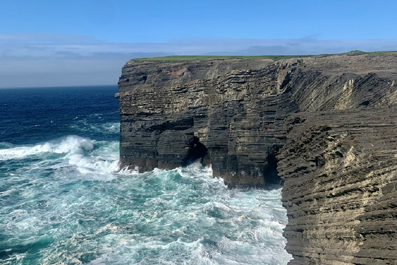
Sedimentology, Stratigraphy and Reservoir Geology of Deepwater Clastic Systems
- Location: County Clare, Ireland
- Date: 20 - 24 Jun. 2022
- Start Time: 09:00 BST
- Instructor: Andy Pulham
Business Impact: Participants on this course will learn to appreciate the sedimentology and stratigraphy of deepwater systems and apply this understanding to the prediction of reservoir presence, quality, distribution, and architecture. Participants will thus be equipped to add value to subsurface projects across the E&P life cycle.
The focus of this course is an outcrop examination of basin floor, slope and shelf margin architecture and stratigraphy. Controls on deepwater sedimentation are discussed in detail, specifically high amplitude sea level changes, sediment supply and the importance of varied gravity flow processes to reservoir elements and their distribution. Observations and interpretations are supported by lectures, case studies, analogues, and behind-outcrop core and wireline log data.

Geological Drivers for Tight-Oil and Unconventional Plays in the Powder River Basin and Applications to Other Basins
- Location: Wyoming, USA
- Date: 22 - 26 Jun. 2022
- Start Time: 09:00 MDT
- Instructors: Lee Krystinik, Randi Martinsen
Business Impact: Application of the learnings of this course will empower multidisciplinary teams to better understand lateral and vertical heterogeneity, synsedimentary and post-burial tectonic deformation as these factors dramatically impact the choice of completion methodology, development plans and reservoir management at the single well and field scale.
Sometimes your engineer can’t just “hit it harder and frack past the problem”. Geoscientists and their engineering colleagues will examine controls on location, thickness, natural fracturing and ultimate reservoir quality of "tight-oil sandstones" and "source rock" resource plays in the Powder River Basin. Concepts presented apply to unconventional plays along the Rockies, into Canada, the Gulf Coast of Texas and Louisiana, West Texas, Latin America, Europe and Asia.
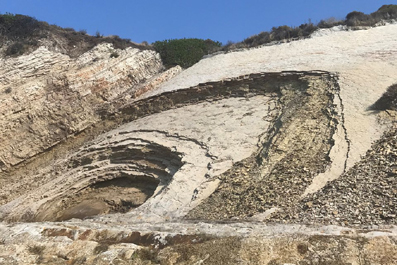
Fracture Architecture, Sedimentology and Diagenesis of Organic-rich Mudstones of Ancient Upwelling Zones with Application to Naturally Fractured Reservoirs
- Location: California, USA
- Date: 17 - 21 Jul. 2022
- Start Time: 09:00 PDT
- Instructors: Richard Behl, Michael Gross
This course uses the Monterey Formation as a natural laboratory to understand the origin, distribution and physical properties of biogenic, organic-rich mudrocks as well as the relationship between mechanical stratigraphy and fracture distribution in layered rocks. Participants will learn to distinguish types of siliceous, calcareous/dolomitic, phosphatic and organic-rich rocks and understand relationships between composition, diagenesis, bedding and fracture architecture to enhance prediction of reservoir properties.
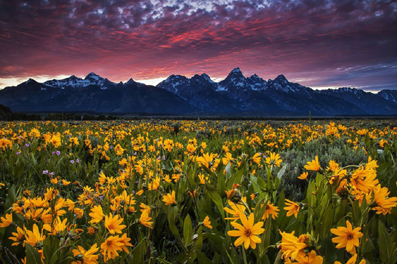
Application of Geomechanics to Reservoir Characterization, Management and Hydraulic Stimulation
- Location: Wyoming, USA
- Date: 25 - 29 Jul. 2022
- Start Time: 09:00 MDT
- Instructors: Peter Hennings, Jon Olson
Business Impact: Participants will acquire an improved geomechanical perspective which will enable them to better discern superior vs. marginal prospects and completion strategies, enhancing value and reducing costs in day to day company operations.
The goal of this field workshop is to provide geoscientists and engineers with a thorough and practical exposure to the range of topics required to understand, characterize and predict the geomechanical response of reservoir rocks to geologic processes, field management, and hydraulic fracturing. The deep integration of geological mechanics and reservoir engineering is a primary goal of the course and is woven throughout via integrated and interactive class projects worked by interdisciplinary teams.
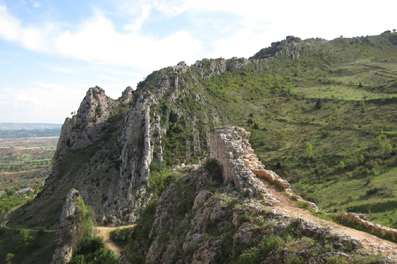
Salt Tectonics: Global Styles, Spanish Outcrops
- Location: West Texas and SE New Mexico, USA
- Date: 19 - 23 Sep. 2022
- Start Time: 09:00 CDT
- Instructor: Vitor Abreu
Business impact: Participation in this course will aid in the de-risking of costly exploration projects, for example by assessing reservoir presence risk, net-to-gross predictions and reservoir connectivity. Since vertical scales of 10 to 20 meters are often below seismic resolution, it is difficult to predict facies variations occurring in distances of 1 to 2 kilometers, which are common well-spacings in deepwater reservoir production. Seismic-scale outcrops like the ones from the Brushy Canyon Formation help fill this gap in showing lateral and vertical variations in facies at scales that are not represented by data using conventional, industry seismic and wells.
At the end of this course, participants should have improved abilities to recognize deepwater depositional facies and reservoir architecture, as well as how to use sequence stratigraphy to identify and map key surfaces for deepwater exploration. The Guadalupe and Delaware mountains in west Texas and New Mexico show unique, world-class exposures of shelfal to slope and basinal settings with seismic-scale, continuous exposures. These exceptional outcrops are ideal to learn about depositional systems, lateral and vertical variations in facies and sequence stratigraphic architecture and surfaces. Coeval shelfal to deepwater environments are exposed both downdip and along strike, with clear stratigraphic relationships from a carbonate shelf margin incised by canyons, feeding confined to weakly confined channel systems, connected to distributive lobe complexes and distal fan fringe sandstones that thin and pinch out onto a basin margin far removed from siliciclastic sediment sources.
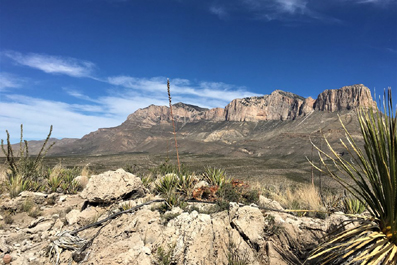
Sequence Stratigraphic Controls on Deepwater Reservoirs Architecture: Brushy Canyon Formation, Permian Basin
- Location: West Texas and SE New Mexico, USA
- Date: 19 - 23 Sep. 2022
- Start Time: 09:00 CDT
- Instructor: Vitor Abreu
Business impact: Participation in this course will aid in the de-risking of costly exploration projects, for example by assessing reservoir presence risk, net-to-gross predictions and reservoir connectivity. Since vertical scales of 10 to 20 meters are often below seismic resolution, it is difficult to predict facies variations occurring in distances of 1 to 2 kilometers, which are common well-spacings in deepwater reservoir production. Seismic-scale outcrops like the ones from the Brushy Canyon Formation help fill this gap in showing lateral and vertical variations in facies at scales that are not represented by data using conventional, industry seismic and wells.
At the end of this course, participants should have improved abilities to recognize deepwater depositional facies and reservoir architecture, as well as how to use sequence stratigraphy to identify and map key surfaces for deepwater exploration. The Guadalupe and Delaware mountains in west Texas and New Mexico show unique, world-class exposures of shelfal to slope and basinal settings with seismic-scale, continuous exposures. These exceptional outcrops are ideal to learn about depositional systems, lateral and vertical variations in facies and sequence stratigraphic architecture and surfaces. Coeval shelfal to deepwater environments are exposed both downdip and along strike, with clear stratigraphic relationships from a carbonate shelf margin incised by canyons, feeding confined to weakly confined channel systems, connected to distributive lobe complexes and distal fan fringe sandstones that thin and pinch out onto a basin margin far removed from siliciclastic sediment sources.
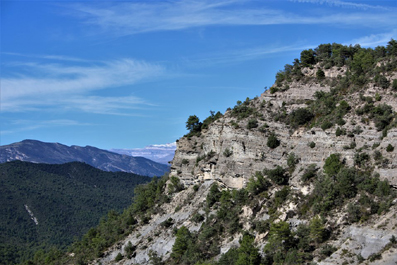
Source to Sink: Provenance, Sediment Routing and Reservoir Characterisation
- Location: Southern Pyrenees, Spain
- Date: 19 - 23 Sep. 2022
- Start Time: 09:00 CEDT
- Instructors: Stephanie Kape, Gary Nichols
Business Impact: An understanding of the sources of clastic sediments, the controls on the pathways of transport into and through basins and their distribution into different depositional environments is key to the characterisation and correlation of sedimentary rocks. This course facilitates integration of multi-disciplinary teams in solving basin-scale, reservoir-focussed problems.
The Cenozoic history of the Southern Pyrenees preserves whole depositional systems in multiple stages of development; the nature of the erosional realm can be reconstructed from provenance data, structural elements have demonstrable controls on sediment routing, and sedimentation packages can be traced from fluvial through paralic and shelf deposits to slope and deeper water facies. Excellent exposures allow the characteristics of different elements of the systems to be evaluated in terms of reservoir properties, sediment architecture, and reservoir connectivity.

Reservoir Sedimentology and Stratigraphy of Coastal and Shelfal Successions: Deltas, Shorelines and Origins of Isolated Sandstones
Location: NW Colorado, USA
Date: 23 - 27 Sep. 2022
Start Time: 09:00 MDT
Instructors: Lee Krystinik, Andy Pulham
KeyFacts Energy Industry Directory: RPS Energy
 KEYFACT Energy
KEYFACT Energy